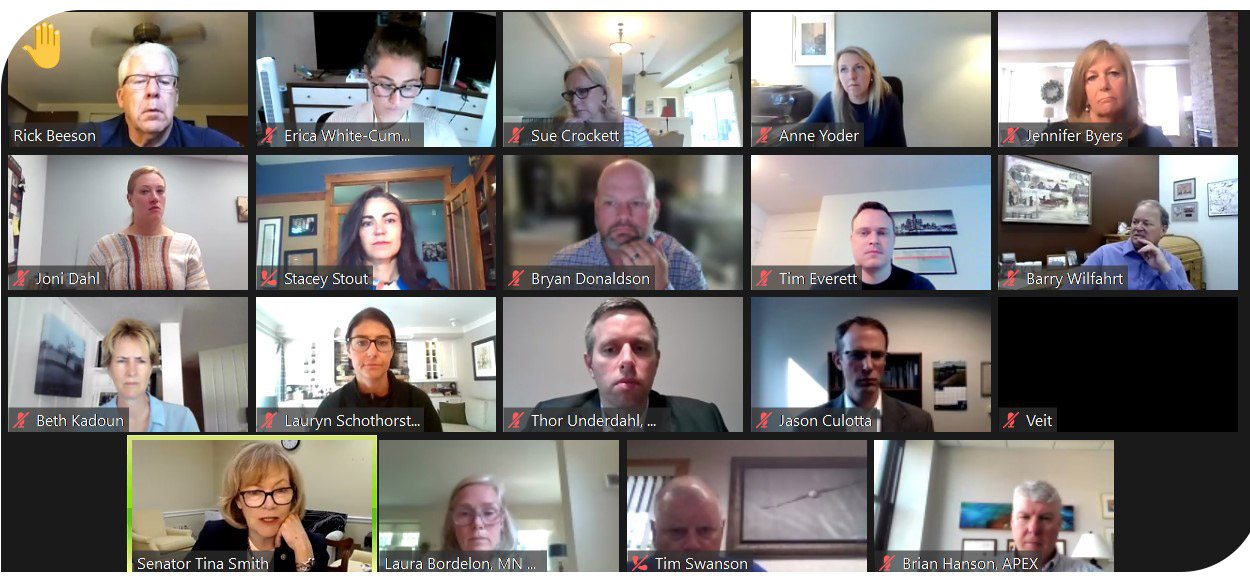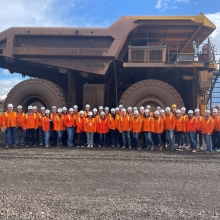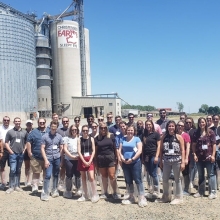Help wanted: How Minnesota’s congressional delegation plans to address the workforce shortage
Policymakers recognize Minnesota’s workforce shortage
At the Minnesota Chamber’s virtual Washington, D.C. Fly-in, employers from every corner of Minnesota met with Minnesota’s federal delegation to discuss issues impacting their businesses. Without question, the top issue was the workforce shortage facing businesses of all size and location throughout the state.
The workforce shortage isn’t new. The Chamber’s Business Education Network has been working to bring together K-12, higher education and community leaders around the state to build sustainable, nimble pathways to local careers or higher education opportunities. But as Minnesota’s economy emerges from the COVID-19 pandemic, businesses are finding it harder than ever to fill open jobs.
What federal solutions are there to help Minnesota employers fill open positions? Eight of Minnesota's 10 federal legislators took part in the event; here's what some of them proposed to address the workforce shortage.
Many policymakers acknowledged the added unemployment benefits from the federal government are disincentives for many people to return to the workforce.
“With the additional payment of the $1,200 a month it's been devastating for the workforce,” said Rep. Pete Stauber (R – 08). “Every single industry that I have spoken to have talked about, the lack of workers for their workforce, the lack of workers in manufacturing and their small business. If you look at it that $1,200 additional per month from the federal government adding to the state unemployment, it's about a $26 an hour job to sit home and not be in the workforce. We can't allow that to happen; we have to understand and push for and respect the dignity of work.”
While some states have ended these extra benefits, Minnesota has decided to let these benefits continue until September.
“It's the number one issue, no matter where I go in Minnesota, no matter where I go across the country, that $300 supplement, which seems like it's not much actually creates a problem where you've got a lot of people in the service industry, a lot of people in the hospitality industry, they just can't find people to work because people are smart,” said Rep. Tom Emmer (R – 06). “If I can get paid more to a stay at home, I'm going to take what you're paying me to stay at home.”

But the long-term nature of the workforce shortage paints a much more complex dynamic.
“There's no question, I do respect and understand that the amplified unemployment benefit has provided a disincentive, in some cases,” said Rep. Dean Phillips (D – 03). “It was always designed to be short term, to get us through the pandemic that is coming to an end…I think that is a component of the labor shortage, but I also think there's a lot of other areas that we should work on, including immigration reform.”
Senator Tina Smith pointed to a lack of access to child care as a barrier for many potential employees, especially women.
“If we can't figure out how to stabilize our child care system and make it stronger moving forward, it's going to be a real problem for Minnesota families and for Minnesota businesses,” said Sen. Smith. “I believe it's one of the reasons why we've seen such a precipitous decline of women in the workforce.”
Senator Amy Klobuchar said a greater emphasis was needed on how to more effectively train the next generation of workers to fill high-skilled jobs.
“Senator Tim Scott and I head up the Entrepreneurship Caucus. We have a bill together on skills, training, tax credits…with both apprenticeships and then on the college front, as you know, from the presidential campaign…When I told the kid in New Hampshire, I'm sorry, I'm not a magic genie. I can't give you a free diploma under your chair. I am not as much in that camp as I am in free one- and two-year degrees and looking at how we can funnel our workforce into areas where we really need them.”

The Chamber Foundation’s Business Education Network is an effective way for businesses and local schools work together to prepare students for in-demand careers. Rep. Angie Craig (D – 02) sees these types of partnerships as integral in addressing the state’s workforce shortage.
“I believe that we have got to do a better job from a public-private partnership perspective and investing in career and technical education in our country,” said Rep. Craig. “This is a major focus for me as a member of Congress. My own son is a machinist and went the trade school route.”
Did you miss the event but want a chance to meet with your elected officials to advocate for your business? They need to hear from you! The Chamber's in-person fly-in is returning October 26-28, 2021. Click below to learn more and register.
Have you had difficulty filling open jobs?
The Minnesota Chamber Foundation’s Center for Workforce Solutions is the first-of-its-kind in Minnesota, a business-led initiative to ensure employers and employees possess the necessary tools for jobs of the future. Through innovative programs, creative leadership and key partnerships, it offers solutions to confront the state’s worker shortage. The Center is developing a robust resource for employers seeking to tap into Minnesota’s hidden talent pools, providing more opportunities for both potential workers, and employees.


